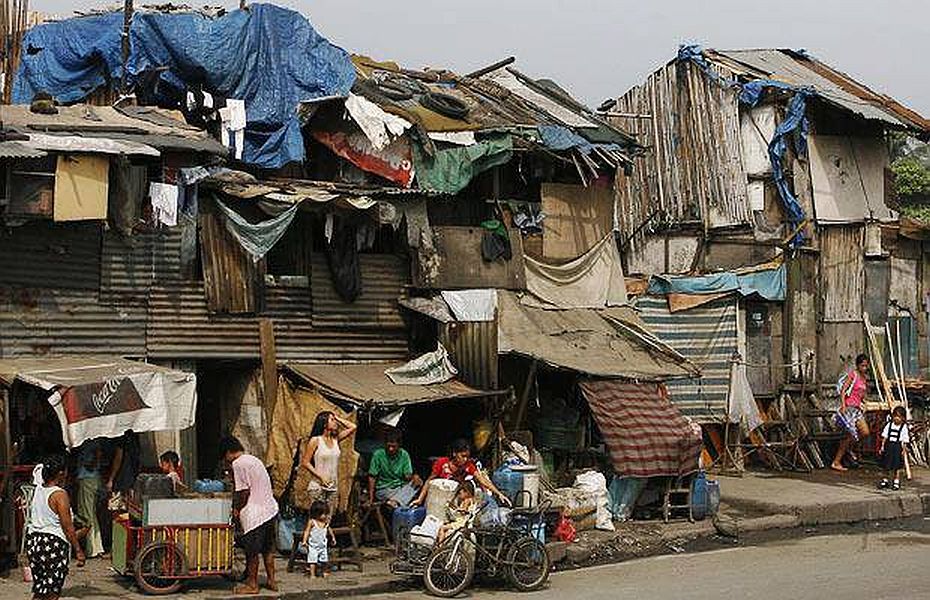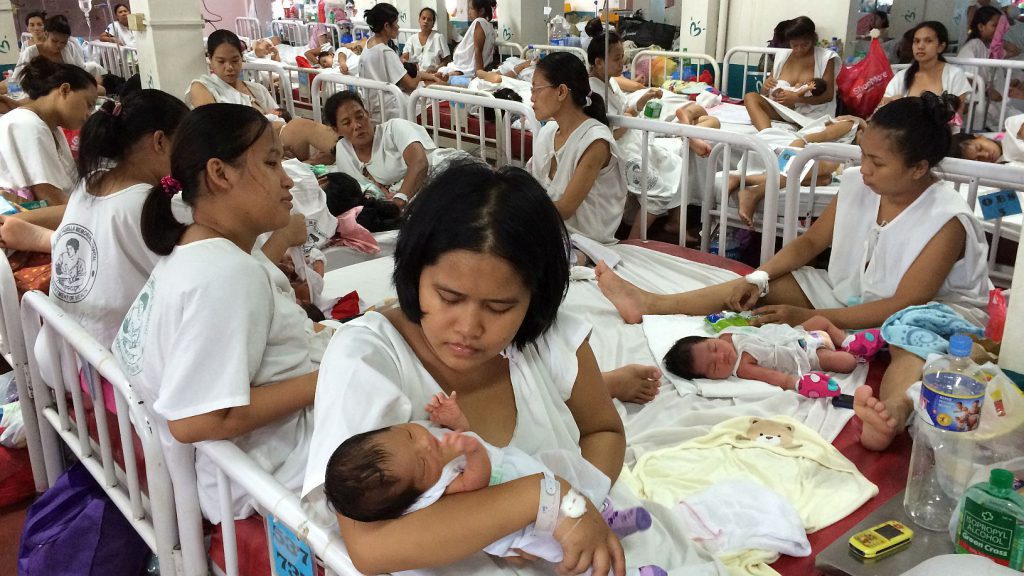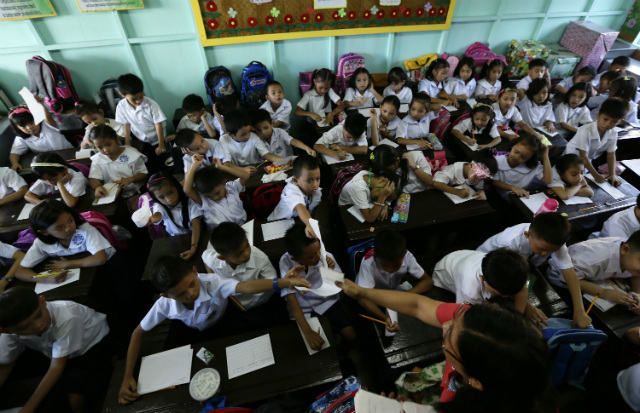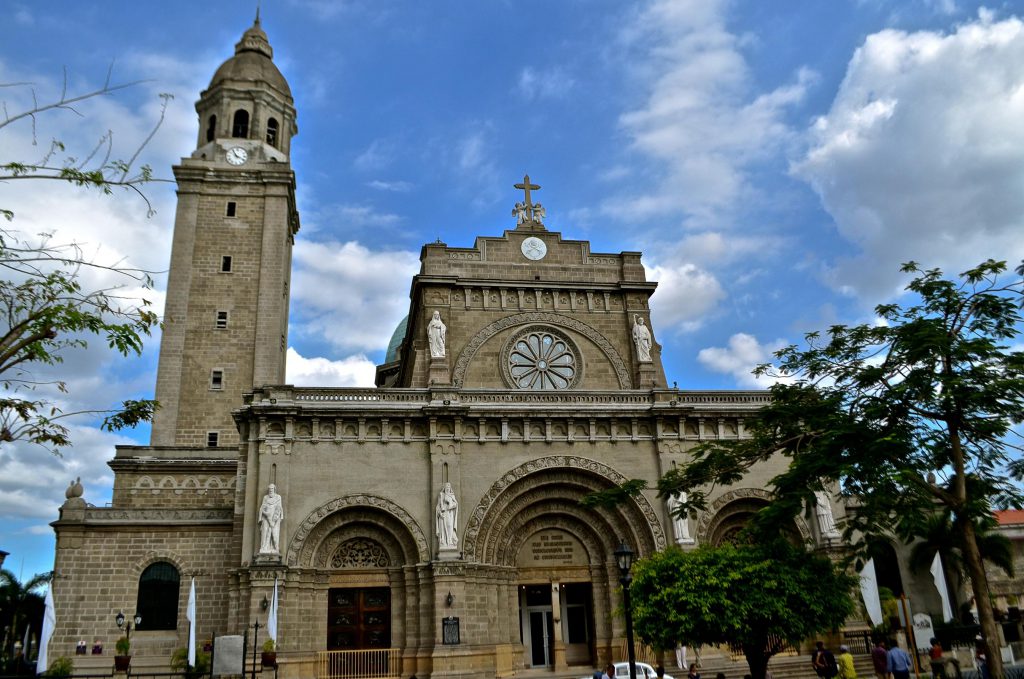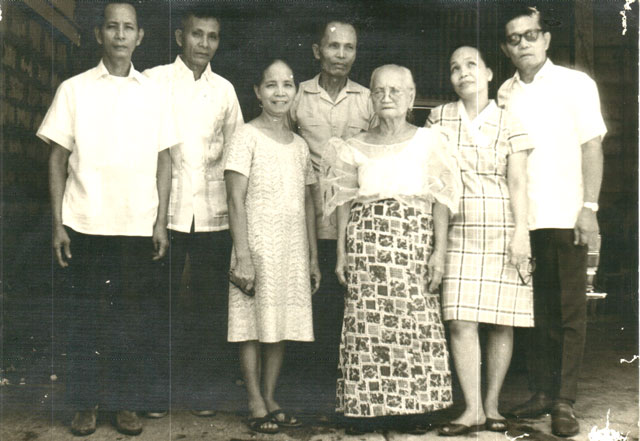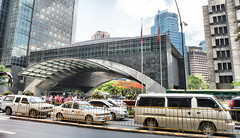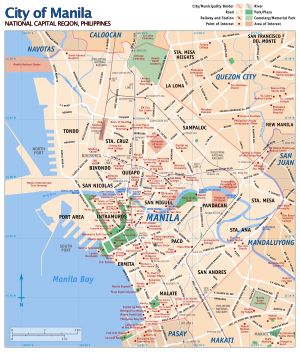Everyone in the compound seemed awakened by the loud voice from the entrance. Even a nocturnal guy like me, who spends the wee hours of the morning watching tacky movies like Bruno and Borat, was moved out of bed by a man’s jovial yet familiar voice.
I was not mistaken. It was Kuyang Rey, the buddy of my father-in-law, whose loquacious nature had made the people in the barangay think that he was good for nothing except for gossiping.
At first, what he was saying was confusing, but everything became clear when I heard the whole conversation between him and two of my uncles.
“We already have a ‘poso’ (manual water pump), and it was courtesy of Kumpareng Andong.”
“Also, just to inform you, since my kumpare is running for the seat of barangay captain, everything that we request from him will be granted.”
“Mind you, people, this is our opportunity.”
Once called as ‘barrio’, a barangay is the smallest administrative unit in the Philippines headed by a ‘kapitan’ (captain or chairman) and several ‘kagawads’ (assistants).
All this news elicited excitement from the faces of my aunts and uncles. Some of them inquired if the candidate would be willing to donate a truckload of gravel and sand, hollow blocks, or even an entire roof for the house!
One even asked if, on the day before the election, Andong would seal his victory by giving every voter of Barangay Burgos five hundred pesos (about US$ 10).
Amidst the bewilderment, my cousin boasted that the other candidate could provide what this aspiring barangay captain could give.
“Manong Tolome can double what you’ve been receiving from your Andong,” Untoy (my cousin’s nickname) said with pride and a look that seemed to challenge Kuyang Rey.
“I heard that Manong Tolome shouldered the electric bill of the Tolentinos, provided all the bottles of beer during the birthday of Sidro, and this is the real kicker–he’s been giving a thousand pesos (US$ 20) to every single voter of Purok 2 in our barangay.”
The statement caused quite a stir as well as excitement among my relatives. As for me, I was half happy to hear that Kuyang Rey’s family does not have to go to the neighbor to fetch pails of water to flush out their shit since they already have their poso.
Although it was a big deal for them, I was sadder than happy. Ah, I almost forgot that barangay elections would again take place in a couple of weeks.
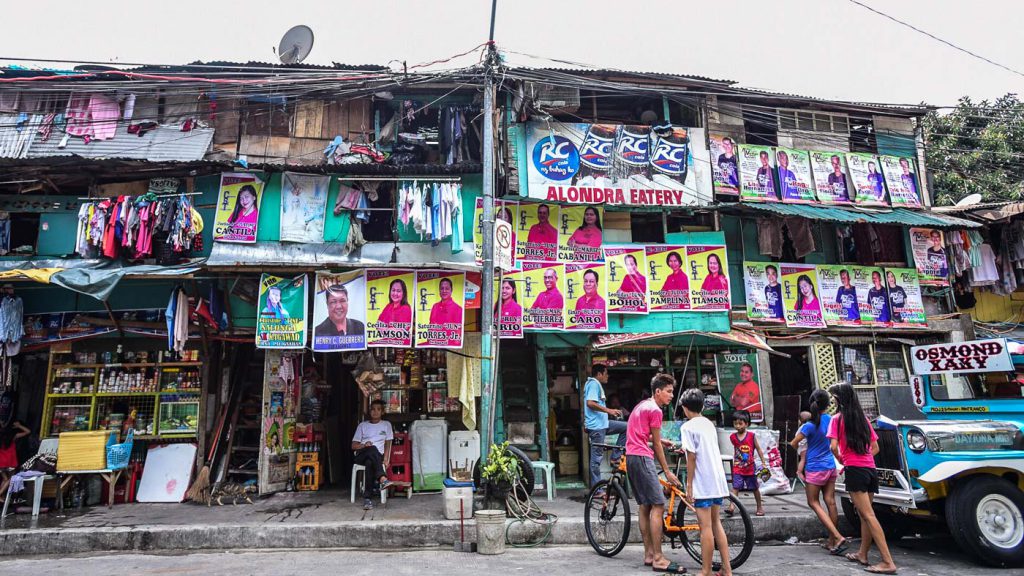
The pomp and all too sudden generosity we only witnessed from the mayoral and congressional wannabes had already seeped into the barangay level. It is just amazing, fucking amazing to witness how some kagawad and barangay chairman candidates could provide a poso or visit a birthday celebrant’s party and shower them with a variety of gifts. They attend the funeral rites of a friend of a friend, meet and greet the elders, have pictures of them taken carrying a child or kissing a filthy old man, and whatever.
They visit you, shake your hands, and beg for your vote. Together with their so-called supporters, they roam the streets riding an ‘owner jeepney’ equipped with loudspeakers playing a song by Inigo Pascual with modified lyrics to promote their advocacies—same old stupid scene.
What are their advocacies? It varies from very personal to general, but regardless of their advocacies, what they would do remains blurry and puzzling.
And let us not forget the one-liners of these “prominent” candidates. Their print ads read “Maaasahan mo” (Someone you can lean on), “Ipaglalaban ka” (I would fight for you.), “Ang Tatay ng Barangay” (The patriarch of the barangay), “Kay Dodong, Panalo Tayo” (With Dodong, We are the winners), “Una Ka Kay Manang Tasya” (You are the priority of Elder Tasya) and other fascinating promises.
No matter how sweet and promising their one-liners are, they do not seem to meet or even exceed the standards of good governance.

A perfect example would be the one who campaigned that he is “someone you can lean on”. Leaning on, in the context of public service, is neither the kagawad who would provide the cases of beer during the birthday party of a barangay member nor the barangay chairman himself would shoulder the sacks of cement for house construction.
“Someone to lean on” is a leader who organizes scholarship funds and livelihood programs. To see to it that the jobless are encouraged to join a business cooperative. Every barangay member is taught garbage segregation and proper disposal. That no one is seen consuming alcohol or smoking in public places, or even simply to espouse cleanliness and discipline, is to say that the barangay chairman is genuinely someone you can lean on.
“Ipaglalaban ka” does not mean that when a person is the cause of a brawl, all he has to do is to ask for the help of kagawad, and his wrongdoings would be tolerated and that he would be defended no matter how wrong he is.
When a candidate pledges that “he would fight for you,” he will defend what is morally right even if the deed is deemed unpopular. Fighting for someone is fighting for the rights of the oppressed, whether he is your associate or not.
When someone claims that “he is the patriarch of the barangay,” he should see that his words and actions are acceptable. He should take concrete steps to maintain the health and well-being of every barangay member by integrating medical missions –just like a father who wants all his children to be healthy.
He should not take sides during barangay hearings but rather punish the wrongdoer. The punishment should be like this: it comes from a concerned father who does not want his son to become the bane of the barangay. The world has too many assholes already.
While the candidates enjoy the perception that the people appreciate them for their advocacies and promises, they appear to be ignorant concerning the long-term needs of their constituents. They usually offer short-term and patchwork solutions to the same old problems haunting and destroying Filipino values for centuries.
This is where I pity Kuyang Rey and most Filipino people. While the deed of the politician in providing the poso, the construction materials, or even cinema passes (yes, free movies) appears to be a class act, it defeats the concept of self-reliance and the value of hard work.
A lack of money is not an excuse for working-class Filipinos to depend on other people –especially politicians. By giving Kuyang Rey’s family the poso, the candidate did not help him. It only made Kuyang Rey even worse.
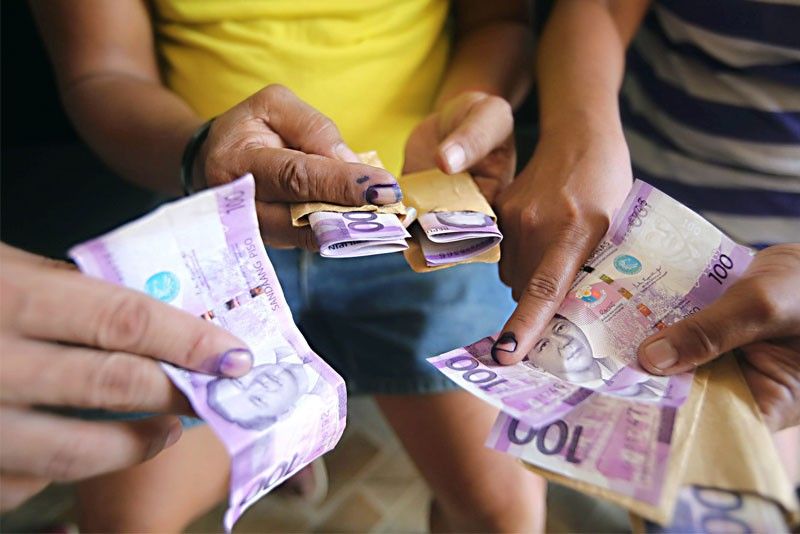
After all, it is not the barangay chairman’s task to provide a family with a deep-well pumping machine; it is the job of the Padre de Familia to invest in all the essential things his family needs. It’s not the church, DSWD, PCSO, or other charitable organization responsible for one’s needs but the person himself.
Instead of the poso, a well-meaning politician would rather coordinate with the water company so that everyone in the barangay would benefit, not only a few families.
Instead of construction materials, why not gradually help the person find a decent job to build his house from sweat?
Instead of movie passes to get the teen votes, a resource speaker can be invited to the barangay hall to give English proficiency classes.
Poso is good for only one family, but an efficient water distribution system benefits the entire community.
A hundred-fifty hollow block is good only for Aling Bebang’s comfort room, but a job opportunity would enable every father in the barangay to build a house of his dreams.
A movie pass or two would be a temporary escape from the harsh realities of life, but an English proficiency class could equip them with confidence in finding a job.
Ah, to hell with the shallow minds of these politicians. Politics is as dirty as a charcoaled rug.
As I wrote this, my drinking buddy texted me that Andong would come to our compound tomorrow to shower us with paper bills. Lots of one depicts the face of a brilliant senator assassinated at Manila’s main airport in the early ’80s — the five-hundred peso bill.
Maybe the money is enough to buy me a pair of jeans, a cellphone ‘load‘ good for a month, or even wax and tire black for my dying jeep. After all, the entire barangay won’t even know if I sold my soul.
Nah, I’ll sleep all day tomorrow, and Kuyang Rey will never be able to wake me up, even with a megaphone.


